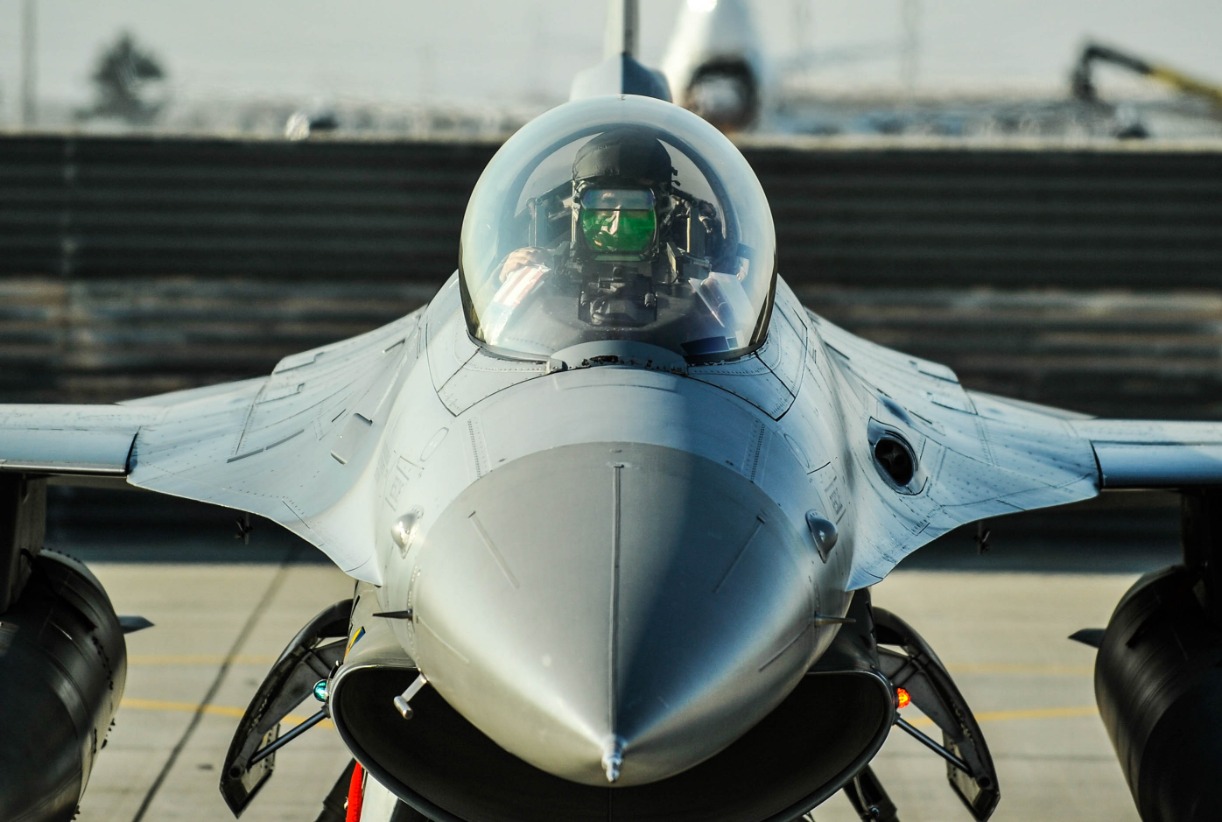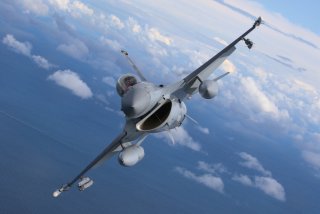F-16s are Too Little, Too Late for Ukraine
Pilot training delays, lack of necessary support infrastructure and resources, and waning opportunities for effective employment will prevent the jets from changing the course of the war.
The Biden administration has approved the transfer of Dutch and Danish F-16 fighter aircraft to Ukraine. Although Ukrainian president Volodymyr Zelensky labeled this a “breakthrough agreement,” U.S. officials also privately stated that F-16s will provide “little help” to Ukraine in its counteroffensive. Until now, Ukraine’s counteroffensive has had little success, as Ukrainian forces could not break through the Russian defenses set up within Ukraine. Reportedly, Ukrainian troops suffered heavy casualties and lost almost a quarter of the weapons in their arsenal. Ukraine cited failure in the offensive due to a lack of modern fighter jets and stated that their old Soviet-era warplanes were outdated and inferior to Russian jets. The lack of air support for the troops on the ground seemingly undermined Ukraine’s counteroffensive. The Ukrainian Air Force failed to achieve air superiority or even air parity. However, from the looks of it, the sale of F-16 fighters will have limited effect on the counteroffensive by the time Ukraine is ready to fly the warplanes.
First, it is estimated that it will take six months to train the pilots to be combat-ready to operate the F-16. This does not include technical staff training to maintain the aircraft. While multiple states are collaborating in training the Ukrainian Air Force, the exact timeframe for completion of technical training remains uncertain. This procedure may be extended and intensive. Furthermore, by the time the Ukrainian Air Force is ready to deploy, it will be too late to have any measurable effect in the counteroffensive. It is also noteworthy that the F-16 training is facing delays, which will further affect the combat readiness of the Ukrainian pilots.
Second, the F-16s provided to Ukraine are old airframes, albeit with upgraded weapon systems. The fighter jets are estimated to be an average of forty years old and require frequent maintenance. The Ukrainian Air Force will spend significant time repairing the aircraft to keep them flightworthy. Proper logistical support and supply routes will be necessary to keep the jets in the air.
Third, to achieve air superiority, having superior equipment is not enough. A pilot needs thousands of hours of flight time to master their aircraft. According to retired Air Commodore Andrew Curtis of the RAF, “Training even experienced pilots on a new aircraft is measured in months, not weeks.” Curtis added that the same principle applies to Ukrainian pilots. Comparing this with Russia’s air force, which utilizes domestically developed fighter jets and possesses an in-depth understanding of the strengths and weaknesses of their aircraft, it is apparent that such a scenario may not result in any significantly noticeable advantages for the Ukrainian forces. In addition, Ukrainian pilots are extensively trained with Russian technology and aircraft. Most of them are accustomed to operating Sukhoi and Mikoyan fighter jets. Expecting them to use F-16s in combat effectively is an impractical hope.
Even if Ukraine receives the much-awaited F-16s, their bases would be prime targets for the Russian military. Unless the Ukrainian Air Force achieves complete air superiority—an unlikely prospect—F-16s would be vulnerable to attack, even in their hangars. Similarly, Ukraine uses makeshift runways for its Soviet-era fighters to deceive the Russians. F-16s, however, need smooth, conventional runways to taxi and land. In all likelihood, the Russians will attempt to destroy these runways, perhaps before they are ready for action. Defending the jets and their supporting infrastructure would necessitate anti-air batteries near their bases to protect them from Russian attacks. This could make F-16s white elephants for the Ukrainian Air Force if the resources needed for protection and maintenance exceed their usefulness for destroying enemy forces.
Considering all the factors above and the slow process of acquiring these fighter jets, this agreement will not be as much of a “breakthrough” for the counteroffensive. The Russian leadership is also aware of this and may accelerate its military operation to respond to the newly acquired fighters. Although Russia has yet to achieve air supremacy, the Russian air war plans may adapt after Ukraine receives and employs the F-16s.

It is unlikely that F-16s will be a game-changer for the counteroffensive. A few dozen jets themselves, under the current conditions of the war, cannot make an effective breakthrough. This reality is compounded by the fact the enemy retains a well-equipped air force and anti-air missiles. With or without the jets, Ukraine’s counteroffensive will remain slow on the ground and in the skies.
Shamil Abdullah Saleh is a Research Assistant at the Strategic Vision Institute.
Image: Shutterstock.

